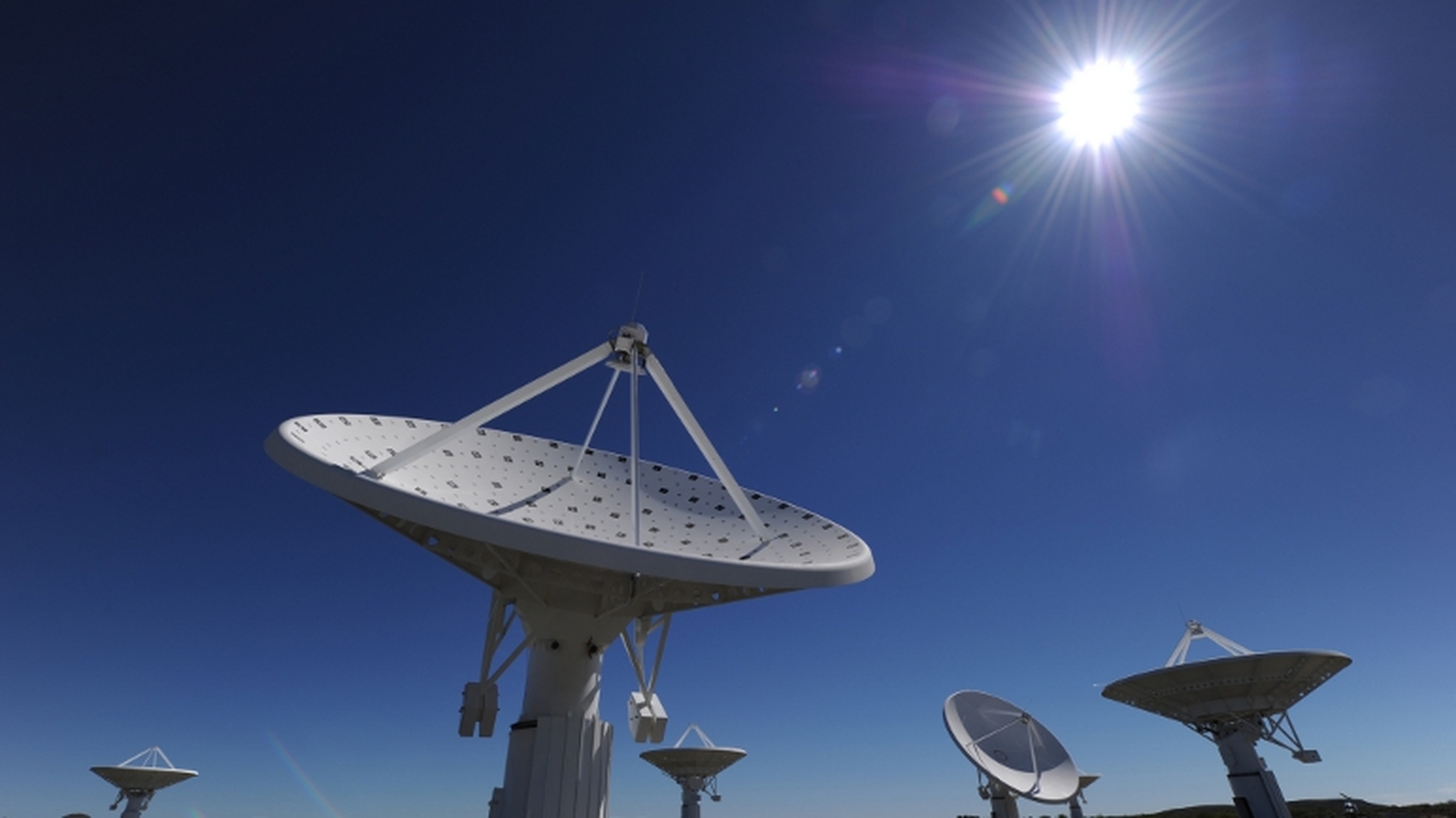
It is possible to directly measure the strength of gravity by measuring the acceleration of an object as it drops to the ground. The strength of gravity is also defined as the ‘acceleration due to gravity’. The other is to measure the strength of gravity on Earth by taking measurements of masses hanging from Newton meters.
#Big telescope free
The first is to directly measure the acceleration due to gravity, by measuring the acceleration of an object in free fall. This investigation can be performed in two ways. They will learn the difference between ‘mass’ and ‘weight’, the equation that links the two and investigate the strength of gravity on Earth. Within the first section of this lesson/series of lessons, your students will first learn about the classical force of gravity, put forward by Newton. Start with the ‘Gravity PowerPoint Presentation’ and carry out the following three parts (or a specific part) after each section of the presentation. PREPARATIONĭownload all the relevant documents of the lesson plan.
#Big telescope series
Depending on the length of lessons in your school, these could be delivered as a single lesson or split into a series of two or three separate lessons. The lesson plan is presented in three sections: Gravity on Earth, Big Telescopes and Gravity in Space.
#Big telescope update
The answers to some of these mysteries may force us to update our current ideas of gravity. This is still an open area of research as there are many mysteries in the universe, such as dark matter, dark energy and some ideas of Einstein. Credit: Howard Barlowīig telescope observations related to gravity include examining how objects like planets and stars move in space and the way light bends around massive objects like galaxies. Image 2: The Lovell telescope at Jodrell Bank, part of e-MERLIN. They can also image the sky with a higher resolution, thus improving our view on the universe. The advantage of big telescopes is that they can detect fainter objects, looking further into space and therefore further back in time. The next generation of big telescopes are currently being planned and constructed, such as the James Webb Space Telescope (JWST), the Extremely Large Telescope (ELT) and the Square Kilometre Array (SKA).

Examples include the Very Large Telescope (VLT), ALMA, the Hubble Space telescope and the Lovell radio telescope. There are many big telescopes around the world, observing space in all fields of the electromagnetic spectrum. Through observations made by big telescopes, our understanding of gravity is tested. Image 1: An artist’s impression, using real data from the European VLT telescope, of the stars that orbit the supermassive black-hole at the centre of the Milky Way galaxy and the cloud of gas, which is falling into it. This happened in 1916, when Albert Einstein published his theory of general relativity, which described gravity as the result of mass curving space-time around it. His theory described how objects feeling the force of gravity behaved, but Newton could not explain gravity’s origins. The force of gravity was first described mathematically by Sir Isaac Newton in 1687.

Gravity is one of the four fundamental forces in the universe.


 0 kommentar(er)
0 kommentar(er)
